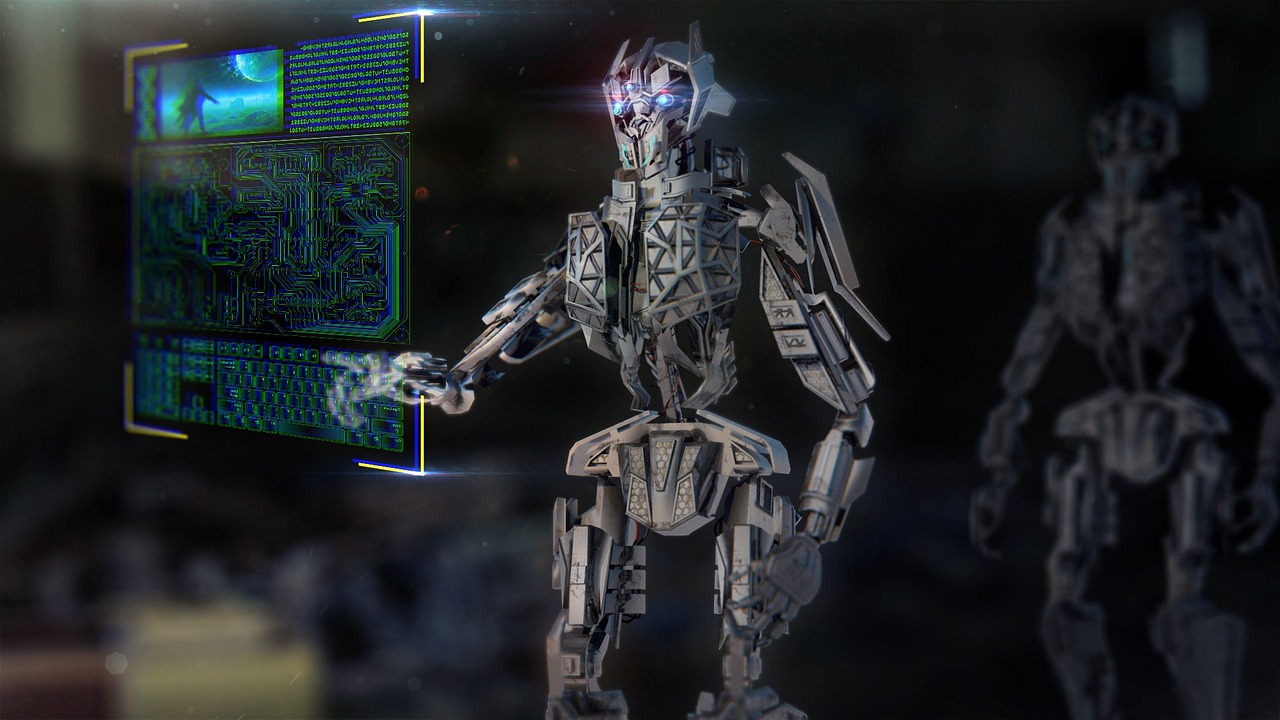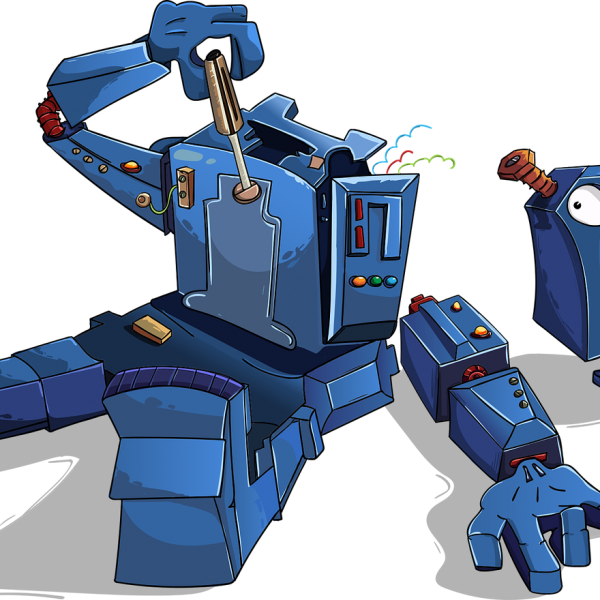The year 2022 is upon us, and with it comes rapid advances in artificial intelligence and robotics that promise to fundamentally transform our world. For some, this brings excitement and optimism about the benefits these technologies can provide. But for others, it surfaces worries and fears about what the future may hold.
Common worries around advanced AI and robotics include concerns about human obsolescence, dehumanization, loss of control, and existential threats from superintelligent machines. These are understandable reactions given the monumental changes underway. However, succumbing to AI anxiety risks clouding our judgment and passing up opportunities to shape a better future. By taking a balanced perspective, we can overcome needless worrying and create an inclusive path forward.
Here are five tips for stopping the worry and embracing the possibilities of our robotic future:
1. Separate fact from fiction.
A lot of anxiety around AI and robots stems from sci-fi depictions and hyped media stories. But we should be careful not to conflate imagination with reality. The actual capabilities of AI today are far more limited than sentient robots plotting to take over the world. Sober, fact-based assessments of the technology will help calm exaggerated fears. We can acknowledge risks while also seeing the benefits.
2. Focus on how AI augments human strengths.
Rather than replace us, AI is more likely to augment and complement human skills. Tasks that are repetitive, dangerous, or require superhuman precision are ideal for automation. This liberates our time and energy for creative, interpersonal, and strategic thinking. We get to focus on the work humans do best. AI makes us more capable, not obsolete.
3. Consider how robots free us to reach our potential.
Just as washing machines freed us from laundry drudgery and computers removed arduous calculation, robots can take over life’s tedious tasks. This gives us time to connect with others, develop talents, and pursue passions. Mass unemployment due to automation is unlikely; new and better jobs will emerge working alongside robots. We get to spend less time on chores and more time on meaningful pursuits.
4. Shape the future with wisdom.
Rather than passively worry, we can take an active role in steering the robot revolution. Workers can gain skills to complement automation. Policymakers can implement programs to aid workforce transitions. We can advocate for responsible AI development that respects ethics and privacy. No technology’s impact is predetermined. With foresight and initiative, we can guide AI applications toward the greater good.
5. Focus on solving real problems.
Despite the headlines, no human-level artificial general intelligence exists today. Currently, AI is engineered to solve specific, narrow tasks. The technology still has major limitations. Rather than worry about speculative superintelligence, we can focus AI efforts on tackling real human challenges – from climate change and disease to poverty and inequality. The problems of the present deserve our energy.
The rise of intelligent machines will surely bring profound change. But by dispelling exaggerations, considering complementary roles, embracing freedoms, shaping wisely, and prioritizing real needs, we can transition smoothly into a future shared with robots. With openness and good stewardship, there are as many reasons to welcome the robots as there are to worry. Our attitude toward technology is a choice – by overcoming anxiety, we can build an optimistic path.
The key is adopting a balanced mindset of courageous optimism – embracing opportunities while acknowledging risks. By converting worry into wise action, we can create an exciting future where AI elevates the best of humanity. The robots are coming either way; our outlook will determine whether we anxious or inspired.




